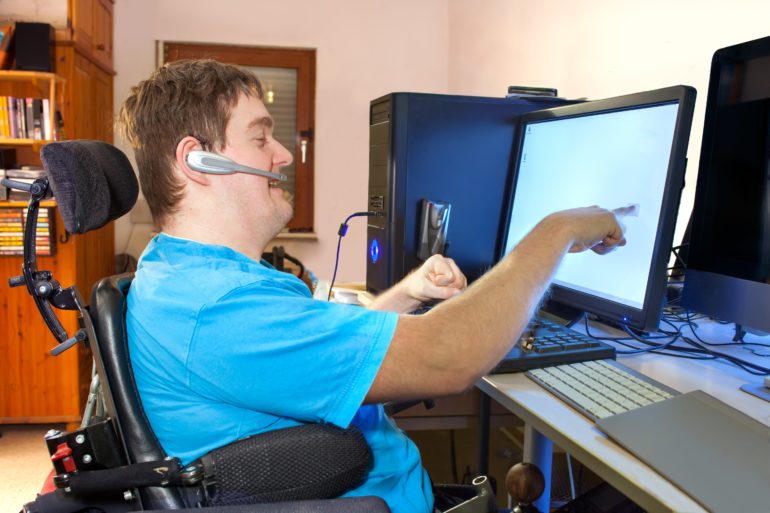Are you searching for ways to improve your home through interior design? There are many different things one can do to help your space, whether large or small a whole new and exciting look. The article below offers many great tips that will show you what can be done in any space to give it a fresh new look.
Set a budget for your interior-design project before you start any work. Costs for home-improvement projects can quickly spiral out of control if you don’t set a spending limit. While you can be a little flexible, you shouldn’t spend more than you can afford. Having a budget can help you be more creative as well.
A great interior design tip is to always be aware of space when you’re designing. If you go crazy with a room it might end up getting cluttered. No matter how nice looking and well decorated a room is, if there isn’t enough space to move around no one will even bother to go in it.
If you are designing a new kitchen in your house, it is beneficial to contact a professional contractor. Your ideas might involve electrical and plumbing work that is beyond your scope of expertise. By contacting a professional, they can help you to outline the exact project so it is done right and within budget.
If you have a backsplash in your kitchen that you really hate, consider painting it. Painting a backsplash is not a difficult task, and it can completely change the look of your kitchen. It is also a less-expensive option than removing and replacing the existing backsplash. You can even use a grout pen to paint in new grout lines when you are done.
As you can see from the above article, it doesn’t take much to add excitement and change up any size room. Stick to the tips you learned here and use them as a guide as you change around the style of your home. You can always come to the article to refer to the tips as you go along.
You can also visit our other website and post your article.
Makuu Farmers Association, People Collective Arts, Shake And Shift, Targeted Advertising, Marques Dent, European Advocacy, On Paper SEO, Glam Punk Rock, Tom Papers, Top Shelf High, kmgourmetpopcorn, Somerville Painting, Cakes By Maribelle, Company Owners Talk Business, Natural Swimming Pools, Sunrise Structured, Best Roofer In Ohio, Color Cork Flooring, PHG Constellation, Gabrieli Vanica, Asda Distric1, PQC Emblem, Grind Stone Media, Sad Biscuit, Empower Parenting Consultants, Allied Bathrooms , Bathroom One, Internet Usability Today, Inspire Works Marketing, Assistive Tech World, Web Design For Your Business, Construction Ideas, TEC Solarman, Usability And SEO, HVAC Programs, David For Crystals, Eco Libertarian, FV Plumber, White Head Carpentry, Expert Plumbing Laveenaz


